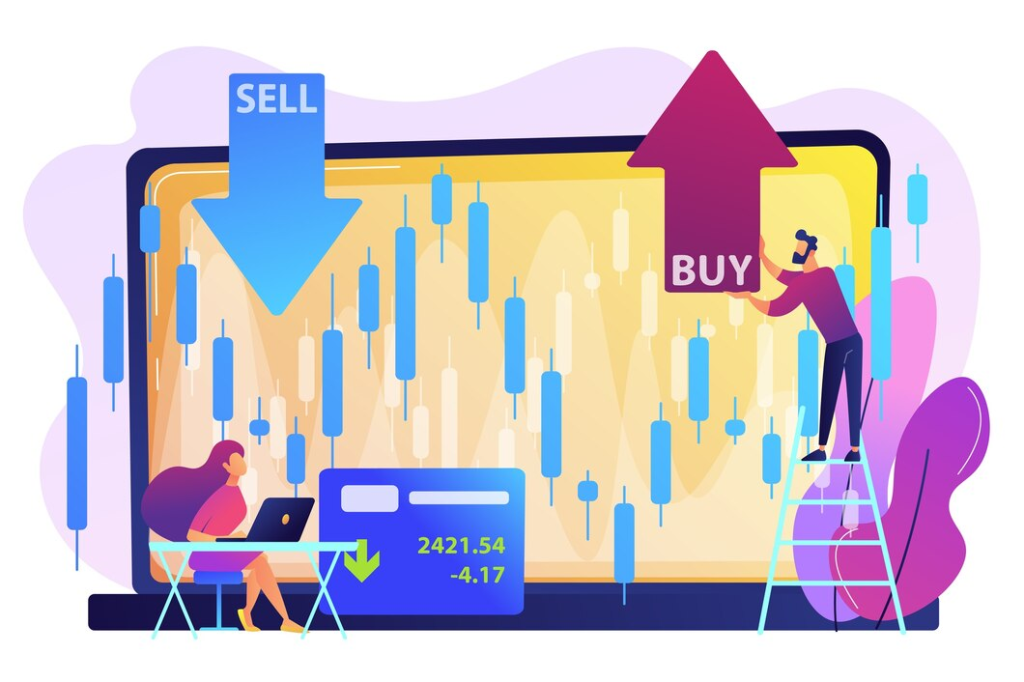Many traders are concerned with effective ways of making money from the fluctuations in stock prices. However, the challenge is finding working tactics that are simple to apply. Despite the rather huge potential for swing trading, many prefer never to give it a go because of its associating complications, which arise from the turbulent times in the market when one lacks the right rules to guide their trading.
Fortunately, this 5 Swing Trading Strategies for 2024 will equip you with tried and tested strategies to catch short-term price moves without falling prey to day trading mania. You will learn how to swing trade an ETF tracking the S&P 500 (SPY) or whatever other instrument you like, all with a clear plan on how to navigate a change of markets upward or downward.
In the article, we will take you through 5 Swing Trading Strategies for 2024, which were backtested and produced very significant profits. These are strategies designed to capture market swings with exact rules of entry and exit, applicable in any trending market. We also attach performance data so that you can choose which one suits your trading goals and risk tolerance.

What is Swing Trading?
Swing trading is the strategy that makes use of the price swings in the equity market for exploitation over short to medium term. It is quite different from day trading, as the only way one can win at swing trading is by holding a position over several days or weeks to exploit such a short-term trend. The concept here is to be exploitative in terms of swings in the price up and down in general perspective.
The swing traders try to find opportunities by trading according to price deviations and mean reversion, trading long when the market temporarily deviates from its trend of longer term, then trading short when the market comes back up. Thus you are harvesting from swings both bullish and bearish without watching all time activity.
5 Old Effective Swing Trading Strategies by 2024
Let’s dig into the 5 proven swing trading strategies for 2024, proven out by showing what works and what does not. This series is intended to make clear entry and exit signals in your trading activities so that you can make balanced trades to take your game to the next level.
—
Strategy 1: Buy on Weakness, Sell on Strength
Trading Rules:
- Enter when the price has declined from a recent high.
- Calculate a band using the 25 day average of the daily high low difference.
Be long if close is below this band, and IBS indicator under 0.3,
Be short when today close is above yesterday’s High.
Backtest Outcomes:
If in 1993 you began with $100,000, it would be worth $175,000,000 in 2023
Annual Return:** 10% – slightly better than Buy and hold
Max Drawdown: **23%
Time in the Market: 18%.
A mean-reversion strategy buying when low and selling back at recovery. In return, this fetches good money as compared to Buy and Hold with less risk.

Strategy 2: Turnaround Tuesday
Trading Rules:
- Buy at close on Monday if the market closed down for two consecutive days.
- Exit when today’s close is higher than yesterday’s high.
Backtest Results:
-$100,000 invested at the beginning of 1993 would have grown to $1.058 million by the end of 2023.
- Average Annual Return: 8.2%
- Max Drawdown: 16%
- Time in the market: 11% of the time.
The strategy has been invested with the help of the Turnaround Tuesday effect; once it finds out that the market was weak on Monday, bounce back.
Strategy 3: Buy on a 5-Day Low
Trading Rules:
- Buy when the close is lower than the low of the last five days.
- Sell when today’s close is above yesterday’s high.
Backtesting Results
- From $100,000 inception in 1993 your portfolio would be at $1.4 million through 2023.
- Average Annual Return: 10%
- Max Drawdown: 21%
- Time in the market: 21% of the time.
This is the mean reversion strategy, which catches short-term corrections within a larger and ongoing trend. And though this strategy has only spent 21% of the invested time, the returns are strong.
Strategy 4: Volatility-Based Strategy
Trading Rules:
- Enter long position when today’s range is less than the previous six days and the close is above the 200-day moving average (a trend filter).
- Exit when today’s close is more than yesterday’s high.
Backtest Results:
- Starting value: $100,000 in 1993. It steadily and not sharply increases compared to other strategies.
- Max Drawdown: 25%
- Time in the market: 40% of time.
This strategy should be used only in low-volatility conditions. It is based on significant price movements after a consolidating process. The trade will be established to track an upward-bound market by relying on the use of the 200-day moving average for guidance.
Strategy 5: 10-Day High with Low IBS Indicator
Trading Rules:
- Buy when today’s high is higher than the high of the previous 10 days, and the IBS indicator is less than 0.15.
- Sell when today’s close is above yesterday’s high.

Backtest Results:
- The portfolio, starting from an initial $100,000 in 1993, is well-positioned enough to bring about significant profits by time.
- Max Drawdown: 8%.
- Average Annual Return: 3.24% with less trade.
- Time in the market: 7% of the time.
This is probably one of the most elite strategies with fewer trade, lowest drawdown, and high excellent risk-adjusted return.
Combination of All 5 Strategies to Get the Maximum Possible Returns
Apply all five swing trading strategies, commit 100% of your equity to every trade without doubling back. That compounds to a return on 14.1% per annum-the best compared to Buy and Hold.
Combined Backtest Results:
- Initial Investment: $100,000 in 1993
- Portfolio Value in 2023: $5.3 million
- 3 losing years: 2011, 2015, and 2018.
20.9% return in 2008 and 14.18% in 2022
All put together as five different strategies, it brings about the diversification of differences in conditions between volatility, trend-following, and mean-reversion strategies.
Conclusion: Are These 5 Swing Trading Strategies Right for You?
The 5 Swing Trading Strategies for 2024 would be an excellent toolkit to make profits from the markets’ short-term movements without the associated higher degrees of stress involved with day trading. Whether it’s through the means of a mean reversion strategy or volatility-based strategy, they have proved to be highly effective with strong backtested performance.
If you want to catch the natural swings in the market but cannot devote time to it throughout the day, you will like swing trading. The strategies combined produce compounding returns and can beat buy and hold strategies while lowering the exposure to the market.
Check and plan with your preferred trading platform- coaxes you towards comfort and appetite for taking on the risk. Honestly, it all boils down to consistency and openness to change circumstances when necessary.